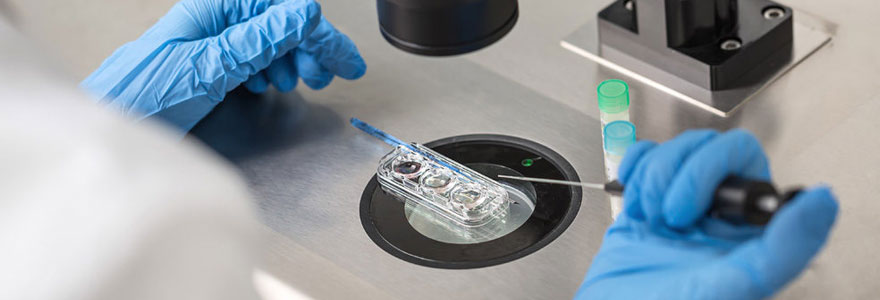Embryo Cryopreservation

Embryo cryopreservation is a technique used in assisted reproductive technologies (ART) to freeze and store embryos for future use. This process is often employed in the context of in vitro fertilization (IVF) treatments.
Here's an overview of embryo cryopreservation:
- Embryo Assessment: After fertilization, the embryos are cultured and monitored for their development. The embryologist assesses the quality and developmental stage of the embryos.
- Embryo Cryopreservation: High-quality embryos that are not transferred to the woman's uterus during the current IVF cycle can be selected for cryopreservation. Cryopreservation involves cooling the embryos to very low temperatures, typically in liquid nitrogen, to halt their metabolic activity and preserve them for an extended period.
- Storage: Once frozen, embryos are stored in specialized cryopreservation tanks, often called cryo-tanks or cryo-storage units. Embryos can be stored for an extended period, ranging from several months to several years.
Benefits of Embryo Cryopreservation:
- It allows the storage of excess embryos for future use without the need for repeated ovarian stimulation and egg retrieval.
- It provides flexibility for couples undergoing fertility treatments by allowing them to time pregnancies according to their preferences.
Considerations:
- Not all embryos are suitable for cryopreservation, and the decision is often based on their quality and developmental stage.
- There are ethical considerations related to the fate of unused embryos, and couples may need to make decisions regarding their disposition, such as donation, continued storage, or disposal.
